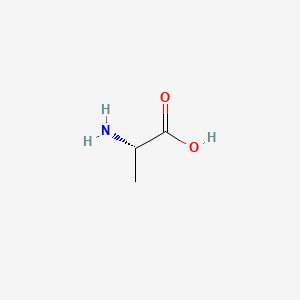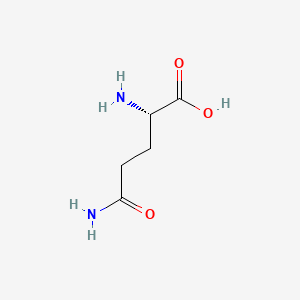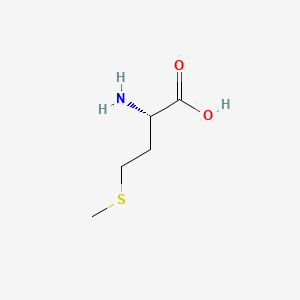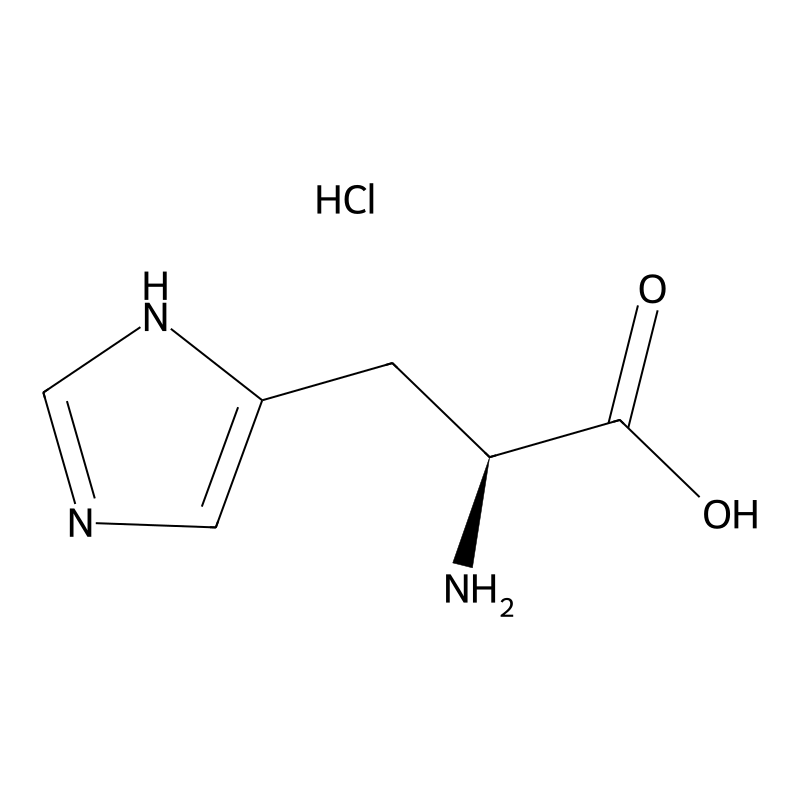Amino Acid Peptide & Protein Standards
CAS No.:56-41-7
Molecular Formula:C3H7NO2
Molecular Weight:89.09 g/mol
Availability:
In Stock
CAS No.:70-47-3
Molecular Formula:C4H8N2O3
Molecular Weight:132.12 g/mol
Availability:
In Stock
CAS No.:56-85-9
Molecular Formula:C5H10N2O3
Molecular Weight:146.14 g/mol
Availability:
In Stock
CAS No.:63-68-3
Molecular Formula:C5H11NO2S
Molecular Weight:149.21 g/mol
Availability:
In Stock
CAS No.:645-35-2
Molecular Formula:C6H9N3O2.ClH
C6H10ClN3O2
C6H10ClN3O2
Molecular Weight:191.61 g/mol
Availability:
In Stock
CAS No.:17585-69-2
Molecular Formula:C9H12ClNO2
Molecular Weight:201.65 g/mol
Availability:
In Stock





